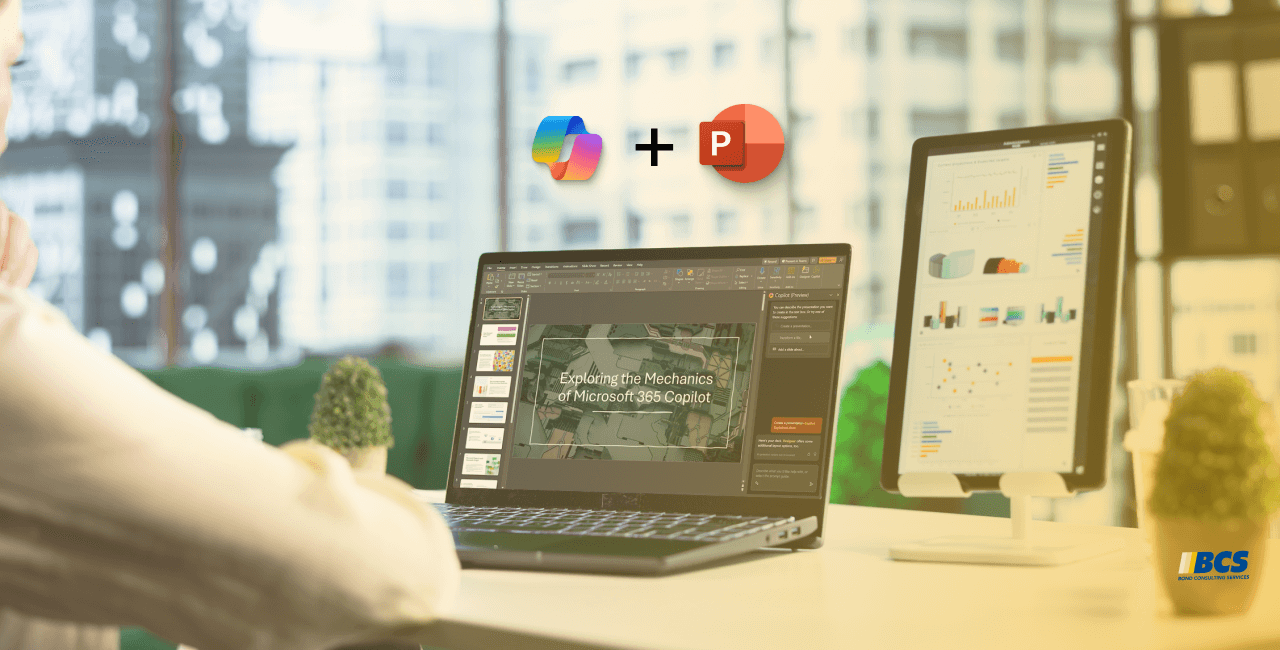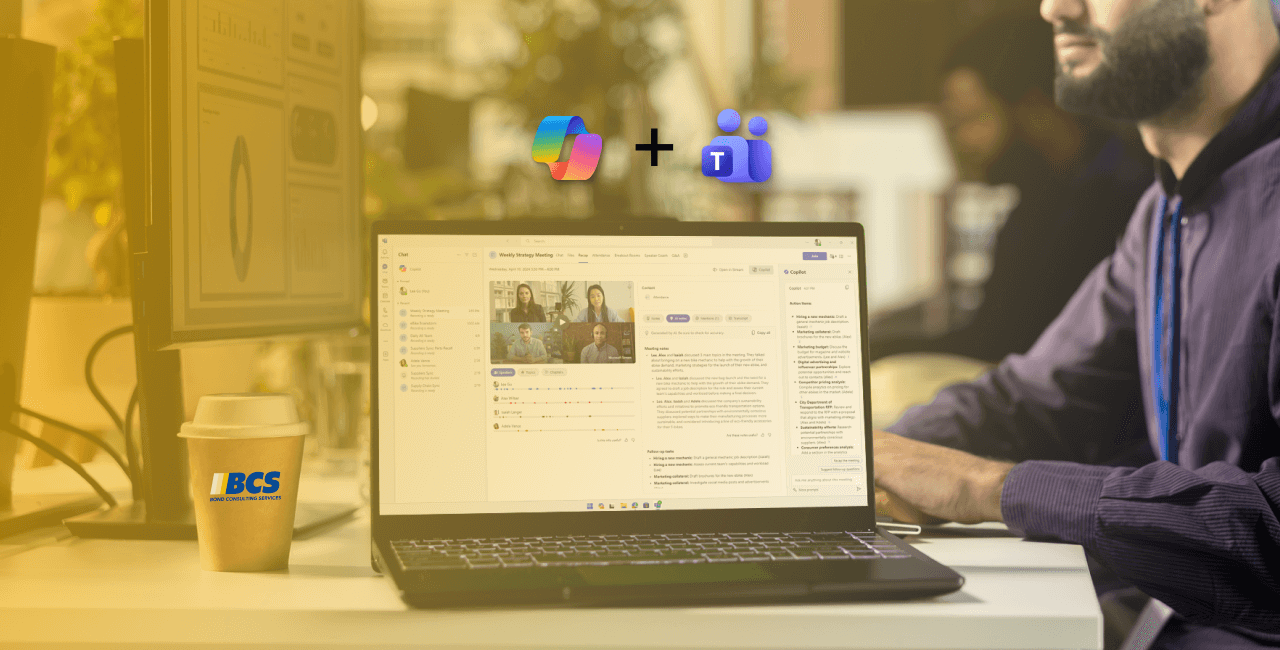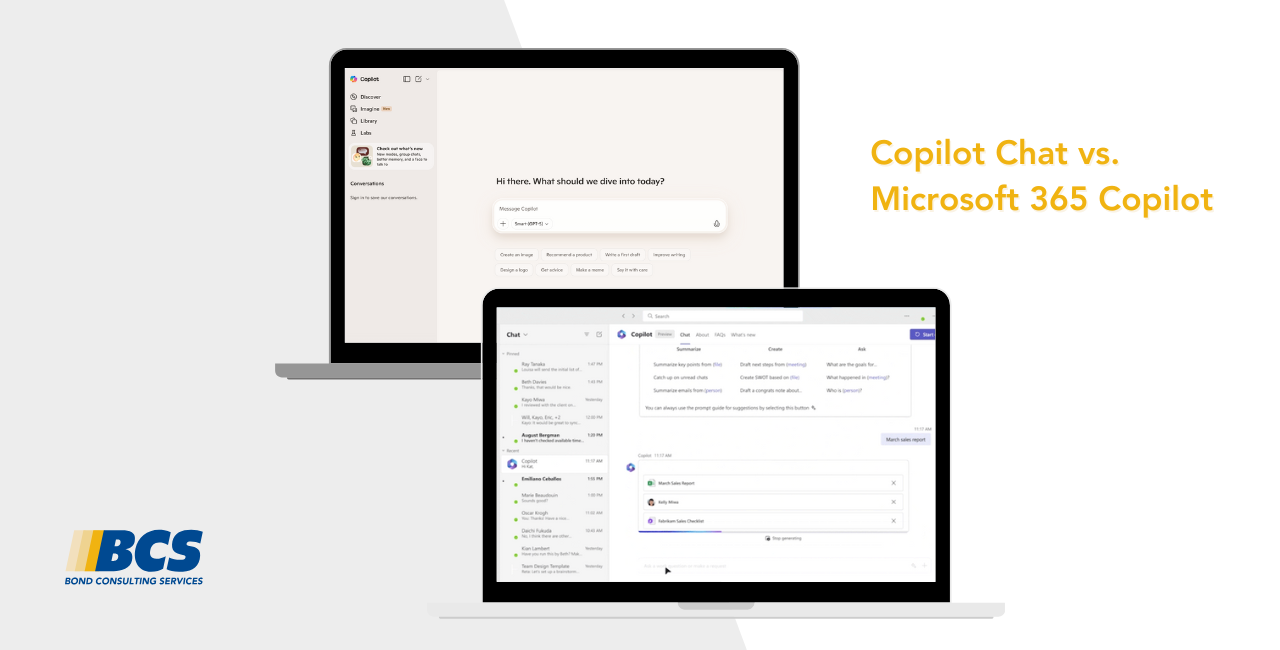Drop Shipping in Dynamics 365 Business Central: Step-by-Step Guide
Drop shipping is a retail fulfillment method where the seller does not keep inventory of the products offered. Instead, when a customer places an order, the seller buys the item from a third-party supplier, who then ships it directly to the customer. This method removes the need for inventory management and shipping logistics for the seller. Let us explore how we can leverage this feature in Dynamics 365 Business Central.
There are two methods: one is more manual, the other is semi-automated.
Method 1
- Create a Sales Order document
- Marked the affected line(s) as Drop Ship
(Please note that this field is not available on the page by default and must be added through the page personalization setting.) - Take note of the Ship-To code under Shipping and Billing
- Create a Purchase Order without any line details
- Under Shipping and Payment, for Ship-To, select Customer Address
- Under Shipping and Payment, for Customer, select or enter the customer ID
- Under Shipping and Payment, for Ship-To code, select or enter the Ship-To code that was noted on step 3
- From the Actions menu, select Functions 🡪 Drop Shipment 🡪 Get Sales Orders
- Select the Sales Order that was created in step 1
- The Purchase Order now has the line created from the Sales Order and linked together.
Method 2
You can also use the requisition worksheet to generate Purchase Orders. Its main benefit is the ability to create purchase orders for all outstanding drop shipments at once, saving you from having to create each Purchase Order manually.
- Create a Sales Order document
- Marked the affected line(s) as Drop Ship
(Please note that this field is not available on the page by default and needs to be added via the page personalization setting.) - Take note of the customer ID, and Ship-To code under Shipping and Billing
- Open the Requisition Worksheets
- Select Drop Shipment from the ribbon and click on Get Sales Order …

- Enter the customer ID that was noted in step 3, and click OK.
This will load the line onto the worksheet - Review the line(s) and select the preferred vendor
- Click on Home 🡪 Carry Out Action Message to generate the Purchase Order
To find the linked Purchase Order from a Sales Order line, you can use the Drop Shipment → Purchase Order function under the Order tab while the line is selected.
This will open the Purchase Order document.
The same functionality exists on the Purchase Order document as well.
Once the vendor has shipped the items, you can post the Sales Order as shipped. You may also update the Purchase Order, but only by selecting the “Receive” option—this remains true until the Sales Order is invoiced.
Need help setting up drop shipping in Business Central or customizing it for your workflows? Bond Consulting can guide you through configuration and best practices.











